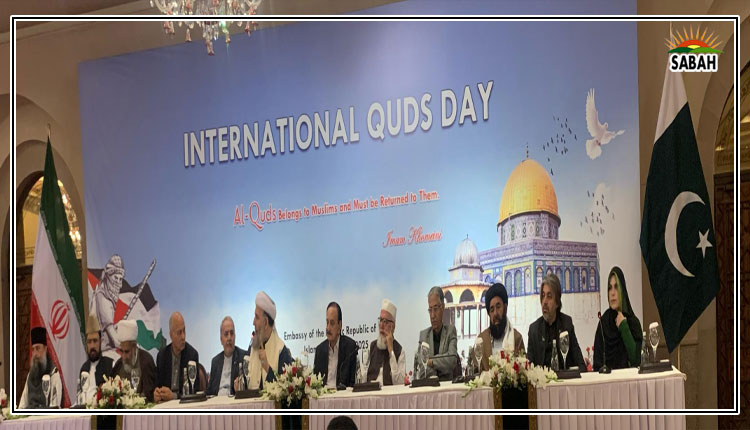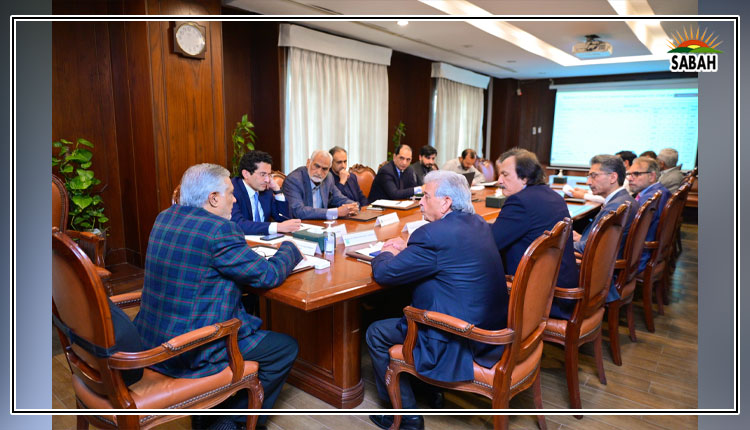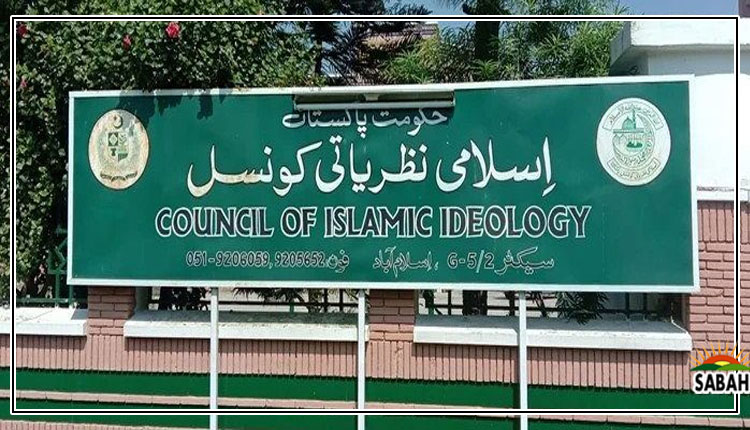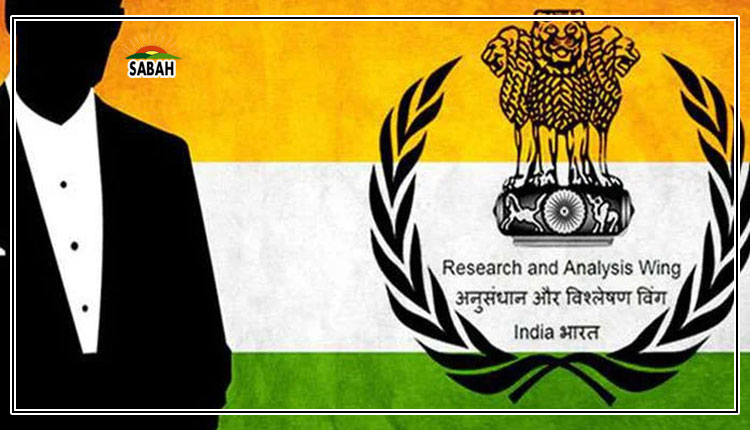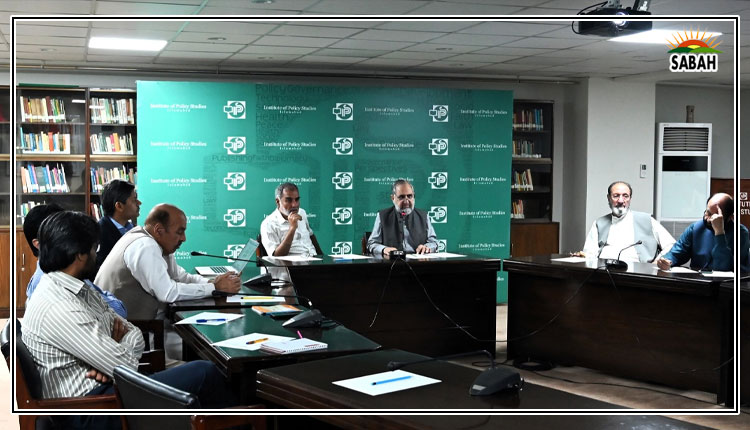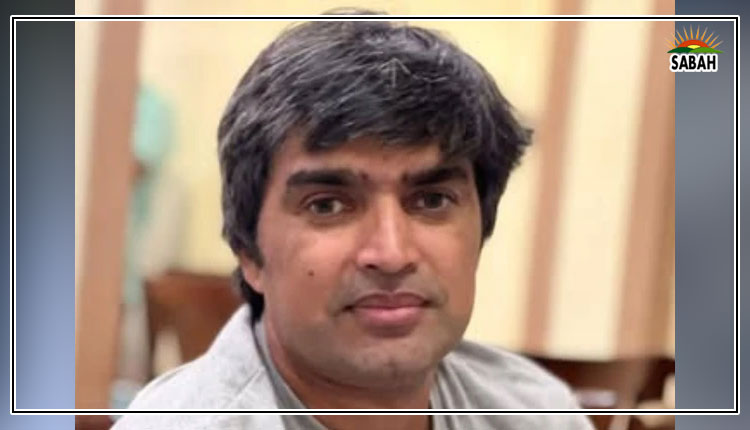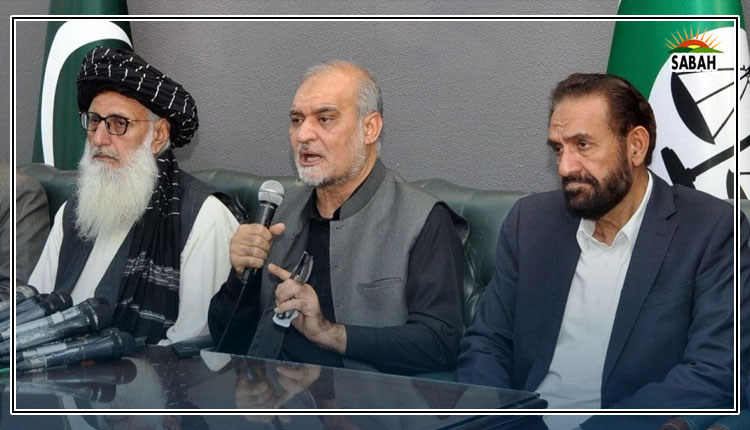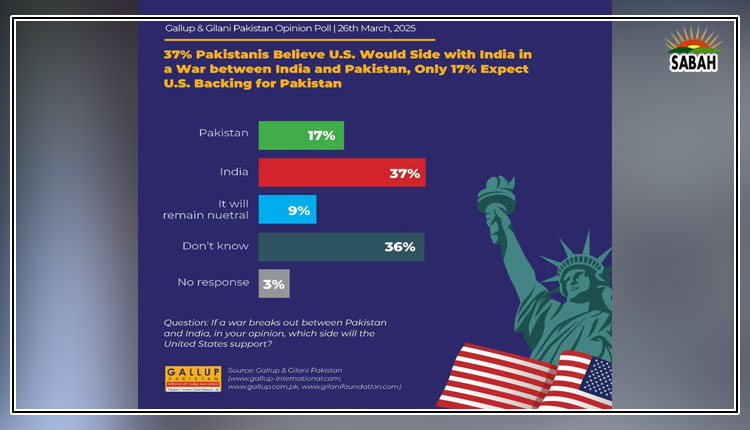The complex path of US-Pakistan ties…. Dr Javaid Laghari
The intricate dance between Pakistan and the US has been marked by twists and turns, highs and lows, and a shared history that is as complex as it is consequential.
From the remnants of the cold war to the turbulence of the modern era, the evolving relationship between these two nations has shaped not only their fates but also the broader geopolitical landscape of the region.
Amidst the currents of international diplomacy and the echoing sentiments of the people, a cipher from the Pakistan ambassador to the Foreign Office revealing supposedly US involvement in Pakistan’s internal politics has thrown another wrench into a somewhat complex tapestry of US-Pakistan relations. This episode, whether genuine or misconstrued, beckons us to reflect upon the multifaceted journey that has defined the diplomatic dance between these two nations over the past 76 years.
The story begins in 1947 when president Truman’s congratulatory message recognized Pakistan’s emergence as a sovereign nation. Since then, the arc of relations between Pakistan and the US has witnessed both remarkable highs and disheartening lows.
The early decades were marked by camaraderie, exemplified by the warm welcome of Pakistan’s first prime minister Liaquat Ali Khan to the US. This enthusiastic embrace set a tone of partnership that extended to significant alliances such as Seato and Cento, underlining Pakistan’s strategic importance during the cold war.
The pivotal shooting down of a U-2 spy plane in 1960 further solidified Pakistan’s role as a trusted military ally. Amid defence collaborations, the civilian engagement also bloomed, epitomized by the USAID PL480 programme that catalyzed the Green Revolution and lifted Pakistan from food shortages. These decades saw grand gestures, like impoverished Pakistani camel cart driver Bashir Ahmad’s invitation to the United States, symbolizing an effort to bridge the divide between ordinary people on the street and global leaders.
Pakistan’s instrumental role in facilitating the historic rapprochement between China and the US stands as a testament to its diplomacy during those times. Yet, there were moments of disappointment, such as America’s inaction during the 1971 war with India. The complex equation reached its zenith during the Soviet invasion of Afghanistan, a period that, while cementing the US-Pakistan partnership, also sowed seeds of future challenges.
The 1980s saw the alliance against the Soviets, with Pakistan’s support contributing to their eventual withdrawal. However, the fallout from this era has been both profound and painful. The legacy of drugs and radicalism from Afghanistan, coupled with the destabilizing refugee influx, reverberates in Pakistan’s current struggles. America’s abandonment of the region after the Soviet withdrawal marked a turning point that echoed in Pakistan’s subsequent trajectory.
The discontinuation of F-16 fighter jet sales and the Pressler Amendment further strained the alliance, fostering mistrust within Pakistan. The subsequent decades were marred by political turmoil, security threats, and social upheaval. While acknowledging Pakistan’s choices and actions, it is clear that the intricate dynamics of the US-Pakistan relationship played a role in shaping the country’s trajectory.
The aftermath of the Soviet Union’s departure from Afghanistan and the subsequent ill-timed withdrawal of American forces laid the foundation for the rise of the Taliban, a group that would eventually seize control of Afghanistan in the mid-1990s, setting the stage for the tragic events of 9/11.
Amidst these historical tides, Pakistan’s political trajectory experienced its own fluctuations. The explosion of General Zia’s plane in 1988 not only took the life of US ambassador Arnold Raphel but also paved the way for the emergence of Benazir Bhutto, Pakistan’s first democratically elected female Prime Minister. Benazir’s ascent brought a breath of fresh air after the long Afghan conflict, marking a new chapter in US-Pakistan relations.
During Benazir’s tenure, Pakistan’s relationship with the US reached a crescendo. Her multiple visits to the US, including her address to a joint session of Congress, showcased a robust partnership. As the cold war curtain fell, the geopolitical stage underwent a transformation, with the US emerging as the sole superpower, heralding changes in alliances, foreign policies, and global dynamics.
The ascent of the Taliban in Afghanistan between 1994 and 1996 coincided with these changes, underscoring the intricate web of historical forces at play. Nuclear explosions by both India and Pakistan in 1998 further altered the calculus of international relationships. As Pakistan navigated these developments, the late General Musharraf’s assumption of power in 1999 marked yet another juncture in the nation’s journey.
However, it was the catastrophic events of September 11, 2001 that etched a new chapter in modern history. The late General Musharraf’s memoir reveals the coercive stance the US adopted, pressuring Pakistan to cooperate or face severe consequences. In the backdrop of smouldering ruins in New York, president Bush’s stark ultimatum drew Pakistan into the ‘war on terror’. The cost, both human and economic, was staggering, underscoring the profound implications of the nation’s choices.
Through the ebb and flow of diplomacy, assistance, and tensions, the US-Pakistan relationship evolved. The Kerry-Lugar-Berman bill offered a lifeline to Pakistan’s social sector, reflecting the intricate interplay of interests and obligations. Even as misunderstandings and mistrust plagued the relationship, including the OBL and Salala incident, various administrations managed to steer the ship on course, culminating in significant visits and discussions over the years.
Nonetheless, the US withdrawal from Afghanistan triggered a new chapter of uncertainty. The once-close partnership seemed to fray, culminating in divergent views on regional conflicts. As the geopolitical spotlight shifted to Russia’s invasion of Ukraine, Pakistan’s delicate balancing act under the previous administration further strained the relationship, leading to a complex web of reactions and interpretations.
Amidst these shifting currents, Pakistan’s domestic political landscape experienced upheaval. The deposing of prime minister Khan and the subsequent controversies around his removal created a backdrop of political instability. As Pakistan faces impending elections and navigates its role in a rapidly evolving world, it is essential that responsible leadership emerges to lead the nation through these challenging times.
The intricate and delicate web of US-Pakistan relations has traversed historical epochs, from cold war alliances to modern geopolitical recalibrations. The future remains uncertain, but there is an urgent need for both nations to understand the nuances of their shared history and find common ground to chart a path forward.
As Pakistan’s democratic future hangs in the balance, its choices will reverberate across the international stage. In the intricate mosaic of global politics, it is imperative that Pakistan and the US recognize the interdependence of their destinies and strive to forge a more stable and collaborative relationship.
The writer is a former senator and former chairperson of
the HEC. He is currently the president of the forum for dialogue and diplomacy,
Houston, USA, and can be reached at: jlaghari@gmail.com
Courtesy The News


